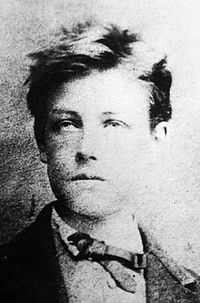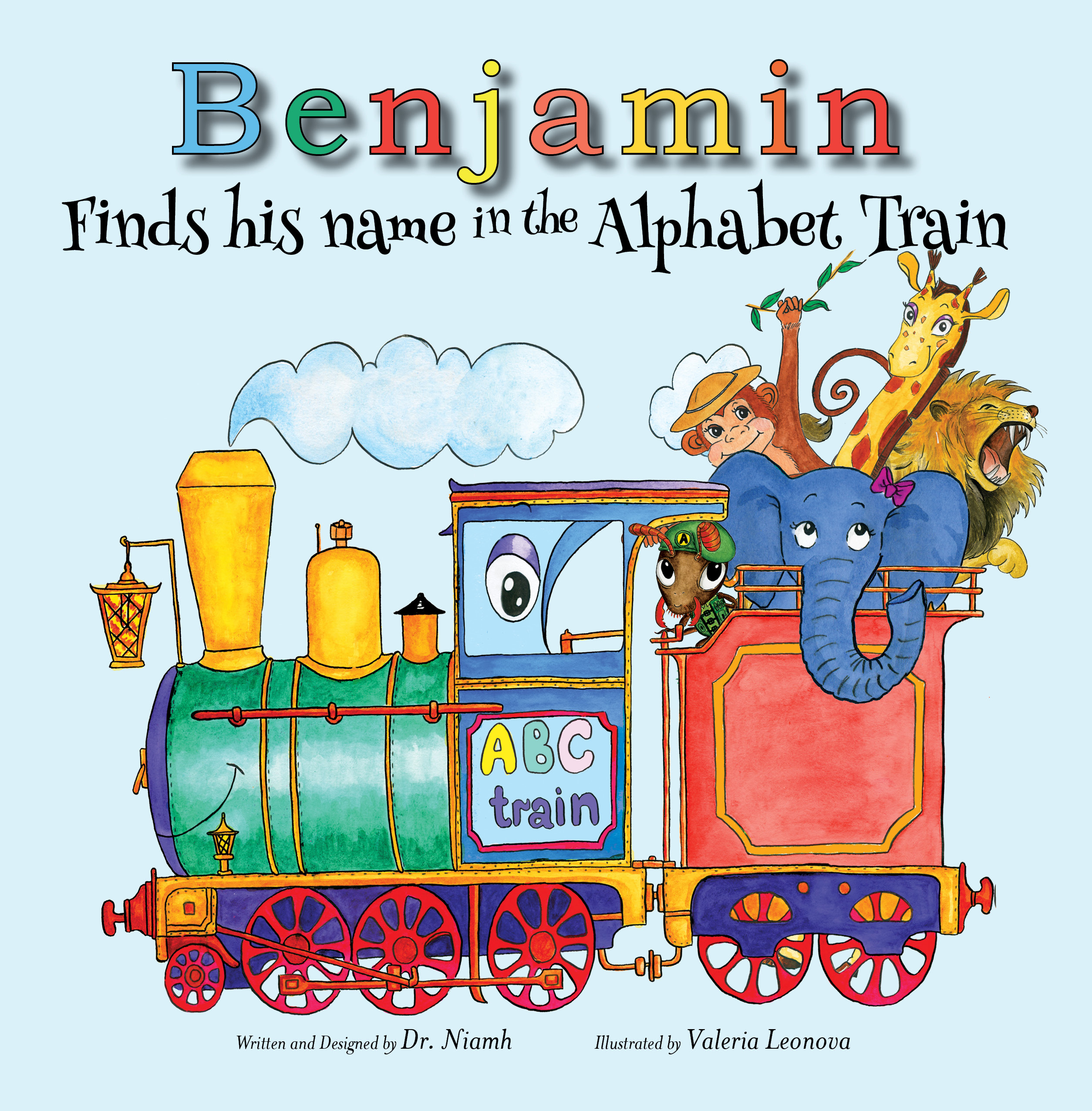Wednesday On The Plum Tree: In the Sandbox With Dr. Ampat Koshy.
Each Wednesday, I want to feature a rotation of different poets/writers writing about poetry…why they like a particular poem, new discoveries, (could be you) a little analysis. First to make his appearance on The Wednesday Corner is Dr. Ampat Koshy. We have already published several of Ampat’s poems in our various anthologies. We are very excited to welcome him here onto the Plum Tree.
Dr. Koshy is the author of the popular – A Treatise for Poetry For Beginners, one among four books he has authored or co-authored. He is an assistant professor in Saudi Arabia, a poet, short story writer and critic.
Thank you, Dr. Koshy for joining us on the plum tree.
******
In The Sandbox By Dr. Ampat Koshy
Writing poetry is one of the greatest pleasures in the world. So is reading it and learning how to write it, at least for those who are addicted to it. If one is on facebook, for instance, the number of poets writing these days and the anthologies, poetry magazines and individual or group collections coming out or the poetry pages or groups there are simply mind boggling. As are the sheer number of poems posted everywhere.
In this series I would like to start where it really matters. What people really love about poetry nowadays is imagery. Naturally enough they prefer visual imagery. I teach poetry. Students nowadays are excited by poems being made into videos and images. But those slightly more experienced know that putting an image to a verbal one makes it a one to one correspondence and kills it by killing the imagination’s ability to use the inner eye.
Here is a beautiful poem by Rimbaud.
It is a green hollow where a stream gurgles,
Crazily catching silver rags of itself on the grasses;
Where the sun shines from the proud mountain:
It is a little valley bubbling over with light.
A young soldier, open-mouthed, bare-headed,
With the nape of his neck bathed in cool blue cresses,
Sleeps; he is stretched out on the grass, under the sky,
Pale on his green bed where the light falls like rain.
His feet in the yellow flags, he lies sleeping. Smiling as
A sick child might smile, he is having a nap:
Cradle him warmly, Nature: he is cold.
No odour makes his nostrils quiver;
He sleeps in the sun, his hand on his breast
At peace. There are two red holes in his right side.
Arthur Rimbaud
October 1870
– As translated by Oliver Bernard: Arthur Rimbaud, Collected Poems (1962) (http://www.mag4.net/Rimbaud/poesies/Sleeper.html
How does one learn to write like this?
One needs to observe life carefully, lovingly, intensely and be in love with life with an eye for its amazing details and wanting to find the language for describing it. Then read such poets to see how they defamiliarize things with words, make it slightly askew. An example is Rimbaud using “crazily catching silver rags” in the second line and “bubbling” in the fourth. And the masterpiece is of course “two red holes.” The second is an example of an auditory image but coupled with “light” it again becomes beautifully askew.
Yes. Observe carefully using all the five inner and outer senses, read, jot down for use, keeping in mind that unleashing the imagination fully means using the five external and internal senses.
Too simple a formula, you may think, but effective. Try it. Best of luck.
Dr A.V. Koshy



What a beautiful poem with what appears to me as a solemn ending. Such description, so alive and flowing smoothly off the tongue in the reading of them out loud. Rimbaud has conveyed to us such a peaceful image surrounded by natures beauty. Fully expecting the tranquility to be a story told of the living, for that is what surrounds the soldier. But as I stated, the ending is sad. The napping is permanent. The feelings elicited from the poem are delightful until the reader approaches toward the end. Then one is overcome with the unexpected and brought into a reality not predicted at the start. This is a perfect choice to begin your instructions. To be able to write in this way one needs to hone one’s ability of perceiving more closely one’s surroundings and be able to describe them in a more than ordinary way. I am impressed with your first lesson. To write like Arthur Rimbaud would be a great feat. Adjectives are not always my strongest area. Thank you for this demonstration and lesson Dr. Ampat Koshy. It has been revealing and given me something to work on. I would like to add something aside from this first lesson and that is to say that I have read some of your work from the anthologies and felt quite moved by your words, as I am moved by the words now of Arthur Rimbaud. I am into making films but of another kind, not that of using poetry but of the use of a written script of dialogue, But I can only see using poetry in a film if one were doing what some would call a poetry slam and wanted to engage the body in the rhythm of the words as they were being created and spoken simultaneously. But that is a different medium than the art of writing the words down for the purpose of an individual experience that you may or may not share in a reading or posting where other can observe and read your works. I like to hear what poetry I have written out loud, usually to myself, to hear how it sounds and to pick up on the rhythms and sometimes rhymes of the lines as they are spoken. But in this case, this was a good lesson and I look forward to further posts by you. This was most informative and has given me something that I do need to work on. Very appreciative of your knowledge and sharing, Jennifer Kiley
LikeLike
Pingback: Wednesday On The Plum Tree: Dr. Ampat Koshy. | BUTTERFLIES OF TIME
many thanks Jennifer. I am certain that Ampat will be delighted by your response.
LikeLike
That is a beautiful response.Jennifer, thank you – wish it could be part of the the post.
LikeLike
Ah! But it is part of the post as are you. Thank you for visiting us and joining in.
LikeLike
Regarding film, have you watched Zebra poetry festival poem films?
LikeLike
‘Tis terribly true, Dr. Koshy. Becoming a poet –
well, no one has said, “It is easy.” Why? Because,
you see, one must learn to hear the taste of music
in the air, and feel the smell of roses before they reach
for your fingers – in the hope of being rescued from their
very own thorns, as they bleed the coldest colors of your life.
LikeLike
Wow! Stunning response Uncle Tree.
LikeLike
Reblogged this on the secret keeper and commented:
This is the first appearance of Dr. Ampat Koshy ontheplumtree blog. He has presented a great introduction into what to expect. I am impressed and learned from his knowledge. I highly recommend visiting Niamh Clune’s blog to see first hand what a fine sense of poetry Dr. Koshy has to offer. jk the secret keeper
LikeLike
Reblogged this on ldbush21 and commented:
Poets be aware, read and ponder.
LikeLike
An excellent write. A perfect poem quoted as illustration of the point the poet writer Dr.A.V.Koshy makes here. Looking forward to read this column every Wednesday!
LikeLike
Won’t be every Wednesday. But we will be posting in rotation with some wonderful poets.
LikeLike
Pingback: Wednesday On The Plum Tree: In the Sandbox With Dr. Ampat Koshy. | ldbush21
great write up Sir..like it..Thanks Bina di for sharing it on fb
LikeLike
Thank you Uncle Tree. It’s fantastic sharing with the group of artists.
LikeLike
Than you again Jennifer 🙂
LikeLike
Thank you ldbush21 🙂
LikeLike
Madhumita Thanks for always being a support 🙂
LikeLike
Thanks Santanu 🙂
LikeLike
Pingback: Wednesday On The Plum Tree: In the Sandbox With Dr. Ampat Koshy. | Whisper Stone
Reblogged this on MacKENZIE's Dragonsnest.
LikeLike
Many thanks for the reblog.
LikeLike
My pleasure.
LikeLike
Pingback: Wednesday On The Plum Tree: In the Sandbox With Dr. Ampat Koshy. | West Coast Review
Many thanks for the reblog.
LikeLike
Imagery is close to my heart, painting a picture without visual aids. A great image poem has no need for them. I used Elizabeth Bishop for an example a few weeks back. I also added my 2 cents about writing to all the senses. Great points and a great example. The turn in the poem is another great technique and well employed. I may post on pivoting a poem soon. Thank you for your contribution!
LikeLike
Thank you Steve. I look forward to your post on pivoting a poem.
LikeLike
To start with, the poetry by Rimbaud is stunningly beautiful! I actually uttered an ‘oh!’ in the end. Then follows your wonderful write up. I very much look forward to following your advice and write some good poetry. Looking forward to Wednesdays.
LikeLike
Poignant & brilliant poem from Rimbaud.Even though from another era, still fresh today. Writing like that flows from a mind that lives fully, whether from within looking out or from without looking in. Sadly, some of the most beautiful writing stems from sadness, loneliness, pain & suffering. Thanks for sharing this with us all, much appreciated.
LikeLike
An excellent post Ampat and a perfect poem to illustrate the depth and meaning of the message you were conveying. Thoroughly enjoyed this!
LikeLike
I am sure that Dr. Koshy will be delighted with your comments, DiAnne.
LikeLike
A poet who loves poetry, is a playful artist, seeking actualization of the senses and self in one’s poetry. Dr Koshy is one such poet, and I am lucky to have met him online and in real life, he inspires his fellow poets by all means. His evolves with his poetry, and the poetry of others. A wonderful piece of poetry and a great insight into the art of poetry. Thank Dr Koshy.
LikeLike
Many thanks for this, Sangeeta. I am certain that Dr. Koshy will be delighted with your comments.
LikeLike
Reblogged this on DiAnne's Place II.
LikeLike
Many thanks for the reblog, DiAnne.
LikeLike
1. Thanks Whisper Stone for reblogging.
2. Thanks MacKENZIE’s Dragonnest for reblogging.
3.Thanks West Coast Review for reblogging.
4.Thanks Steve Corn. 🙂 – looking forward to that one on pivoting.
5. Thanks Payal Pasha.- go for it.
6.Thanks Sue Lobo, I could not agree more.
7.Thanks Dianne, honoured!
8. Thanks Sangeeta, beautiful compliment,
LikeLike
Thanks for reblogging it Dianne 🙂
LikeLike
What a moving and beautiful poem. It really touches the soul.
LikeLike
Many thanks Patricia! I am learning form these posts.
LikeLike
Thank you Patricia
LikeLike
Sunil Sharma, famous and distinguished Indian poet comments: Talking Rimbaud these days is talking celibacy among the teens! Everybody is in a tearing hurry to get noticed, published reviewed and awarded. Ampat Koshy—a standout figure in the rat race—is an Arnoldian figure who exhorts, guides, coaches and directs all the pen-pushers to their sacred calling and by exposing them to the world-heritage of the musical and the poetic, aims to convert them into real priests of the Sublime through his careful editing, selection and exposition of those precocious children who made an ugly world beautiful by their profound literary talents.
Under Ampat’s watchful eyes, Rimbaud—and other venerable figures—will teach you a lot, provided you are listening in this age of attention-deficit and info-overload.
LikeLike
What a brilliant comment from Sunil!
LikeLike
very interesting piece.. and very helpful.. thank you..
LikeLike
ty susma 🙂
LikeLike
Pingback: One Must Be A Seer | the secret keeper
Will check it out, Jennifer.
LikeLike